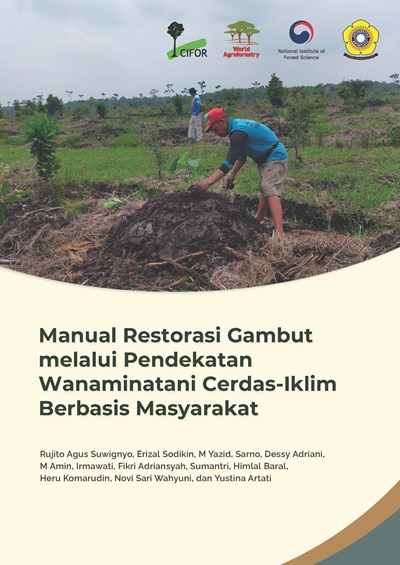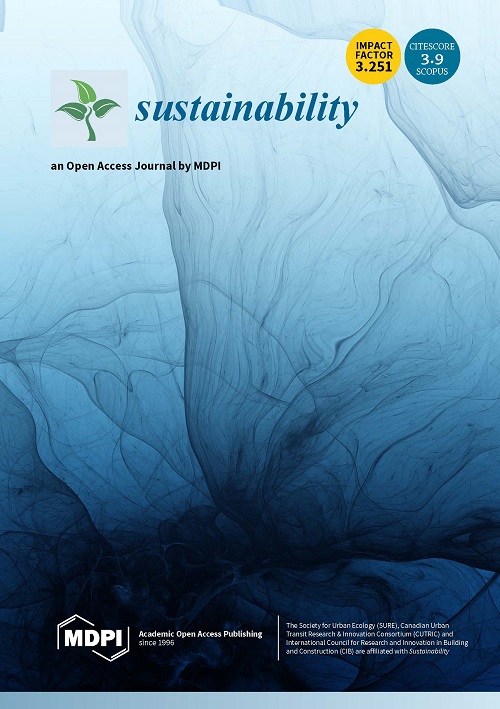Increasing attention is being given to integrating adaptation and mitigation in climate change policies. Policy network analysis is a way to explore connections between adaptation and mitigation, and the opportunities or barriers to effective integration between these two policy subdomains. This study explores climate governance and policy networks by examining collaboration and information flows in national policy processes in Peru, a country with an active climate change policy domain. In contrast to most climate policy network analyses, this study distinguishes adaptation and mitigation subdomains through a multiplex approach. We used ERGM (Exponential Random Graph Models) to explain the existence of information flows and collaborations among 76 key actors in climate change policy in Peru. We identified actors who could connect adaptation and mitigation subdomains. Results show a concentration of influence in national government actors, particularly in the mitigation subdomain, and the isolation of actor groups that matter for policy implementation, such as the private sector or subnational actors. Results highlight the predominance of mitigation over adaptation and the existence of actors well positioned to broker relationships between the subdomains. The top brokers across subdomains were, however, not only actors with high centrality and brokerage roles in the subdomains, but also several ‘unusual key players’ that were not brokers in any of the two layers separately.
Download:
DOI:
https://doi.org/10.1080/14693062.2020.1730153
Altmetric score:
Dimensions Citation Count:

























